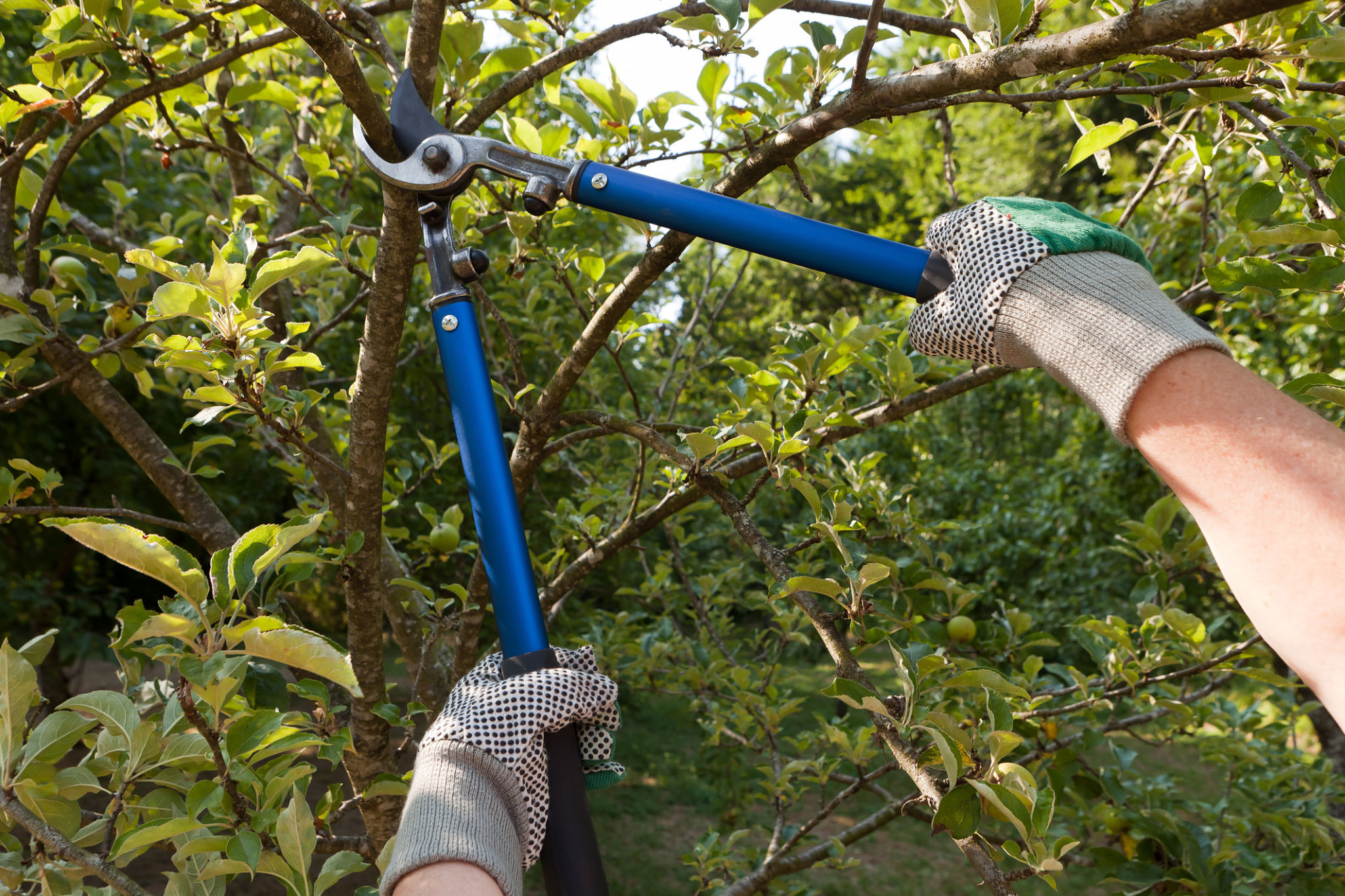Common Tree Trimming Mistakes and How to Avoid Them
Tree trimming is an essential task for maintaining the health and aesthetics of your garden or yard. However, many people inadvertently make mistakes that can harm their trees rather than help them. Understanding these common errors and knowing how to avoid them can make a significant difference in the vitality of your trees.
Over-Pruning
One of the most frequent mistakes is over-pruning, which involves removing too much of the tree's foliage at once. This can stress the tree, leading to poor health and reduced growth. It's crucial to remember that trees need leaves for photosynthesis, which is how they produce energy.
To avoid over-pruning, follow the general rule of not removing more than 25% of the tree's canopy in a single year. This ensures the tree retains enough foliage to maintain its health and vigor.

Improper Timing
Timing is everything when it comes to tree trimming. Some people make the mistake of trimming during the wrong season, which can cause undue stress to the tree. Typically, the best time to trim most trees is during their dormant season, usually in late winter or early spring.
However, some species have specific timing needs, so it's beneficial to research or consult with an arborist to determine the optimal time for your particular trees.
Using Dull or Dirty Tools
Using dull or dirty tools can damage your trees by creating jagged cuts and introducing disease through unclean equipment. Always ensure your tools are sharp and sanitized before you begin trimming.
Regularly maintaining your tools will help you make clean cuts, promoting quick healing and reducing the risk of infection. Consider cleaning them with a mixture of bleach and water after each use.

Neglecting Safety Precautions
Tree trimming can be dangerous if proper safety precautions are not taken. Some individuals underestimate the risks involved, leading to accidents and injuries. Always wear protective gear such as gloves, goggles, and a hard hat, especially when working with larger trees or power tools.
If a tree is too tall or near power lines, it's best to hire professional services to avoid these hazards.
Incorrect Pruning Techniques
Using incorrect pruning techniques can harm your tree's structure and health. For example, "topping" or cutting back large branches indiscriminately can lead to weak growth patterns and decay. Instead, focus on making clean cuts just outside the branch collar to encourage healthy regrowth.

Additionally, when removing entire branches, use a three-cut method to prevent bark tearing: make an undercut several inches from the branch collar, then a second cut from the top to remove the bulk of the branch, and finally a clean cut at the collar.
Lack of Planning
A common oversight is failing to plan before starting the trimming process. Without a clear strategy, you risk making random cuts that could harm the tree's shape and health.
Create a plan by assessing which branches need removal for health reasons or to improve appearance. Mark these branches beforehand to ensure you're making informed decisions during the process.
By avoiding these common mistakes and implementing these strategies, you can ensure your trees remain healthy and beautiful for years to come. Trees are an invaluable part of our environment, offering beauty and shade, so taking the time to trim them correctly is well worth the effort.